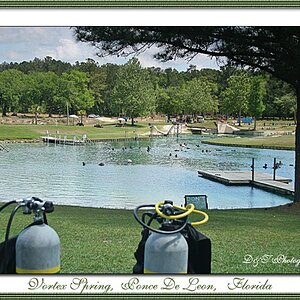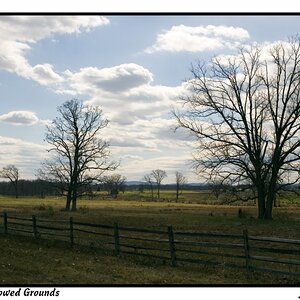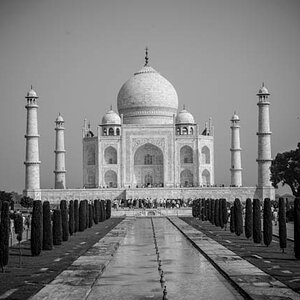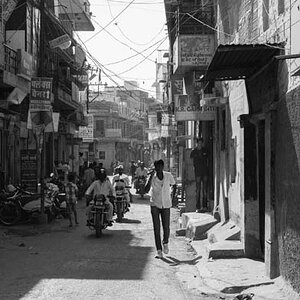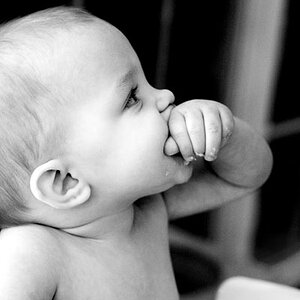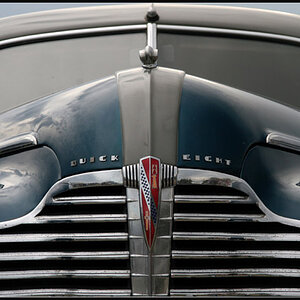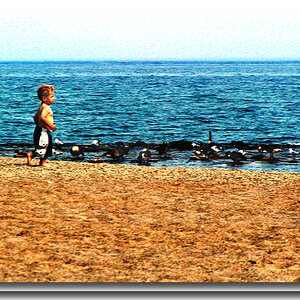In an attempt to improve my black and white photography, I began reading Ansel Adams's materials. I think I derived a false correlation between the zone system and exposure. Please help straighten me out.
-I thought the zone system revolved around exposing the film more or less than the light meter indicated. I thought that Adams's theory said to underexpose relative to the meter reading for shadows and vice versa in regard to highlights.
In the spirit of the Zone System, is it correct to say that in most cases, it is best to use the meter reading, but change the development to change the tonal placement. If I was taking a picture of a prodominantly dark subject, I could underdevelop the film?
If manipulating development time is the basis of Adams's Zone System, is a 35mm photographer like myself in a bind? Do you just use 12 exposure rolls and experiment with development time on that one roll?
-My high school no longer has an advanced photo class and the teacher isn't able to work with me individually very often. I do remember that he did a project in the past with the advanced students that dealt with black objects. Something about metering for an object and then exposing it 4 stops over. I dont remember the exacts, but I think that is a situation I should understand.
-I see a lot of photographers who have still lifes that appear against a very dark background. Sometimes almost a black background, is this related to the above.
Sorry for the length, I rely on you guys, thanx!
-I thought the zone system revolved around exposing the film more or less than the light meter indicated. I thought that Adams's theory said to underexpose relative to the meter reading for shadows and vice versa in regard to highlights.
In the spirit of the Zone System, is it correct to say that in most cases, it is best to use the meter reading, but change the development to change the tonal placement. If I was taking a picture of a prodominantly dark subject, I could underdevelop the film?
If manipulating development time is the basis of Adams's Zone System, is a 35mm photographer like myself in a bind? Do you just use 12 exposure rolls and experiment with development time on that one roll?
-My high school no longer has an advanced photo class and the teacher isn't able to work with me individually very often. I do remember that he did a project in the past with the advanced students that dealt with black objects. Something about metering for an object and then exposing it 4 stops over. I dont remember the exacts, but I think that is a situation I should understand.
-I see a lot of photographers who have still lifes that appear against a very dark background. Sometimes almost a black background, is this related to the above.
Sorry for the length, I rely on you guys, thanx!




